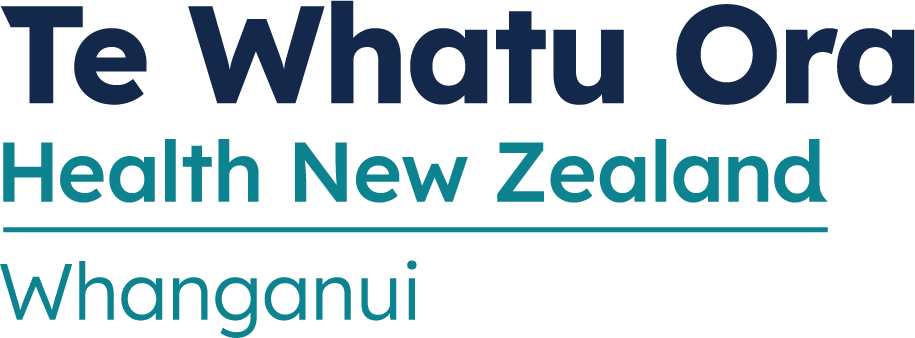

Loren Mooney at her Taihape base running a telehealth clinic with David Montgomery who stays in his Whanganui office.
24 September 2020
The coronavirus pandemic has changed things in many walks of life, and it has particularly impacted on health services.
One significant impact has been the rise of “telehealth”.
During lockdown, many people were isolating and could not attend medical appointments, or did not want to attend appointments for fear of infection.
“COVID-19 changed the landscape for us and we had to look to telehealth,” says Alex Forsyth, director of Allied Health, Scientific & Technical for Whanganui District Health Board.
Telehealth is “the use of information and communication technology to deliver health and medical care from a distance” and, in the sense of phoning your GP or ringing Healthline, it has been around for a long time.
It is having patients and care providers in different physical locations and consulting via video that is regarded as the crucial step forward.
“Prior to COVID we did a few video consultations but it increased 11-fold during lockdown,” says Forsyth who is the telehealth lead for the DHB.
“COVID created a need for us to do things differently – we faced the increased risk of patients accessing healthcare via face-to-face engagement. A solution was to use telehealth engagement and we have embraced that and are taking it forward.
“It is a big project within the health sector nationally and we expect the government soon to be putting some specific funding behind it.”
A survey of WDHB patients regarding services during the lockdown showed telehealth got a favourable response.
Whanganui is actually ahead of most of the country in its development of telehealth solutions, and it now has a programme to roll out the service which includes a “tech check” with the patient prior to the appointment to make sure they are technologically able to participate in the consultation.
Telehealth is seen as offering a number of benefits to both the patient and the health service.
“There is a cost to attend hospital for people who live in the more remote, rural areas,” says Forsyth.
“They need money for petrol, and they may have to find a child-minder while they go for their appointment. So telehealth can be a great boon for rural areas.”
The service has also been strengthened by the DHB recently bringing in high-speed internet at its facilities in Marton, Taihape and Raetihi.
Video consultations should also mean faster access to care and shorter wait times, with patients able to be at home making it more convenient and reducing the need to travel.
For health staff it should also mean less time spent travelling; fewer missed appointments; and the opportunity for specialist assessment at an earlier stage of a person’s care.
“We are constantly looking at the service and seeking ways we can further refine it,” says Forsyth.
“We don’t need a hands-on meeting as long as we are giving our patients the care they need, but we have to make sure it works for the patient side of the equation and for the clinical side.
“We will always give people a choice – an in-person consultation or telehealth if it seems appropriate for them.”
Whanganui DHB nurse practitioner Loren Mooney is an early convert to telehealth and is delighted with the advantages it offers.
She works out in the rural areas, visiting Bulls, Marton, Raetihi and Taihape, and from the health facilities there she can hook up head of paediatrics David Montgomery for a video consultation.
“Patients only have to come in to their local health centre, and they can be assessed by David and ask him questions. We have even had families upload videos of their children they have taken at home to show behavioural issues,” says Mooney.
“It is a very good way of working, reducing travel and increasing accessibility for patients, and it is something we will be making more and more use of.”



